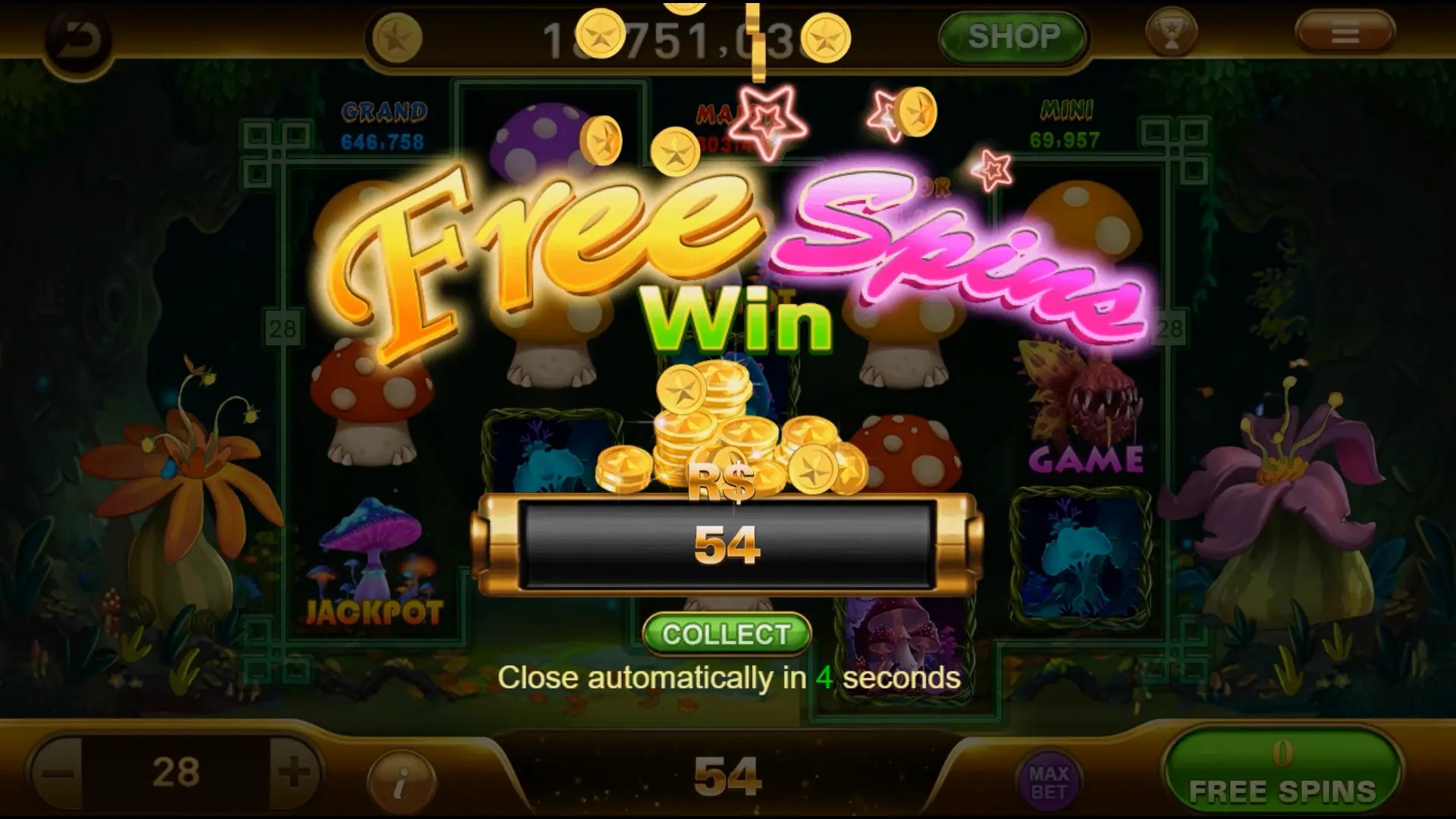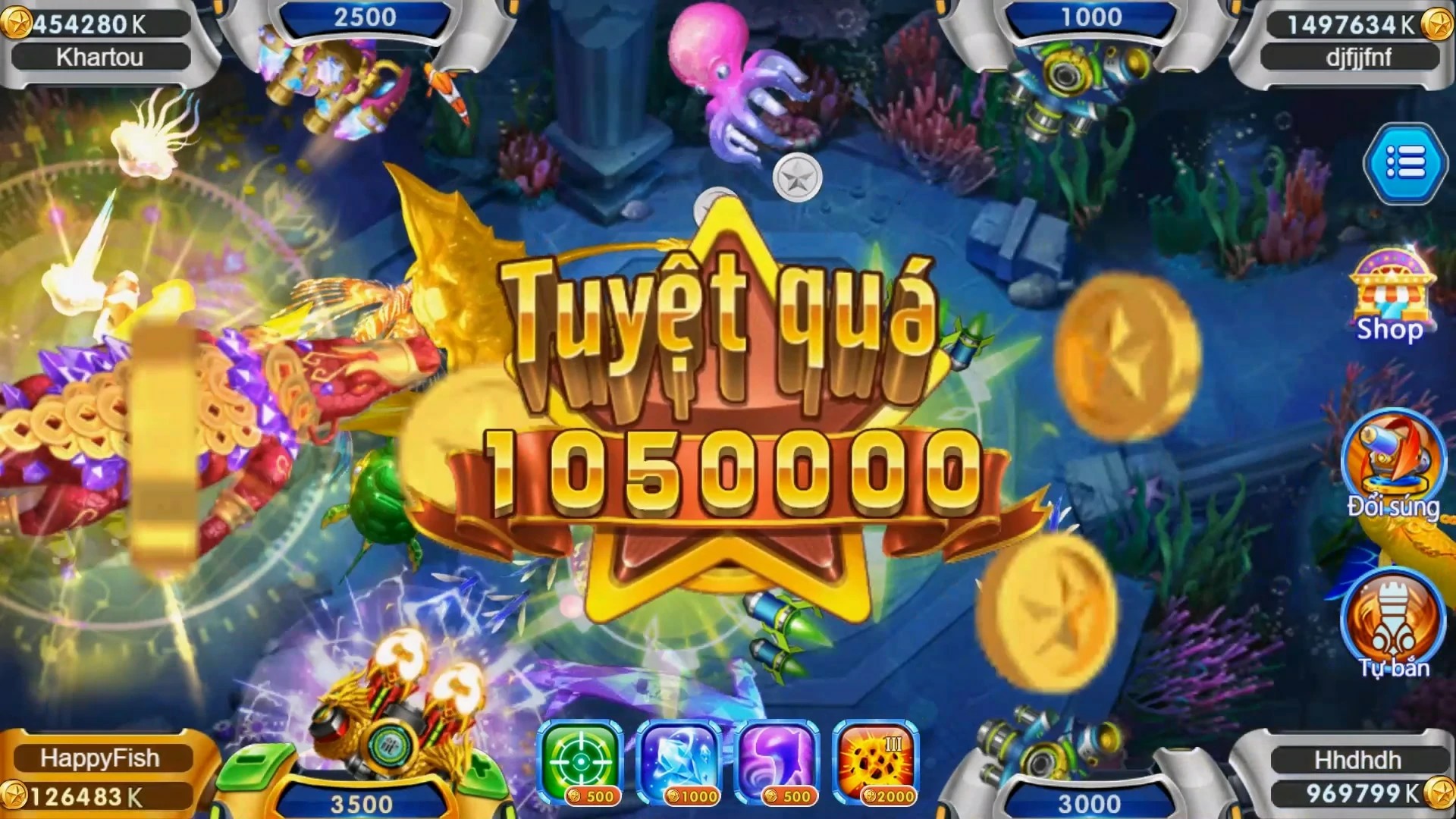The Mobile Revolution of Business Simulation Games
The mobile gaming scene has seen some massive shifts over the last decade. From simple arcade titles to expansive role-playing adventures, games have adapted in ways few predicted. Among these shifts lies a particularly curious development — the surge in mobile business simulation games. This isn’t your grandmother's time-wasting mobile app; it's a deep experience merging strategy, management, and surprisingly immersive sound effects such as ASMR whisperingandsticky tapping audio layers that add texture without being obtrusive.
In this exploration, we’re going to dissect not just how these sim-based games work, but also why players from Stockholm to Malmo seem hooked by more than just gameplay loops. It’s part of a broader psychological trend: digital satisfaction delivered through carefully balanced mechanics and sensory feedback.
TIP:
- A great business sim game doesn't rely on flashy VFX; it hooks players via tactile feedback
- Diverse soundscapes are now crucial in maintaining long-term engagement
- Sweden ranks among top regions with highest average time per user (Source: SensorTower 2024)
Rising Trends and Market Insights
Gameloft's release of "SimChain: Global Empire"makes waves, not because its mechanics broke barriers — they didn't exactly introduce novel economic models — but it managed something subtle yet profound: making spreadsheet logic dramatically entertaining. Revenue projections feel like narrative arcs, and each new store becomes an epic tale. That’s the secret sauce driving this subcategory beyond traditional expectations.
According to App Annie data (as of Q2 2024), downloads specifically for mobile business simulations with integrated sound systems rose by nearly **47%** globally since 2019 – but Sweden stands out with a spike closer to **59% year-over-year growth**, which raises questions about what drives localized success here versus other European countries where adoption trends are slower.
User Behavior & Cultural Nuances
| Metric | All Markets (Average) | Swedish Players % Time Invested | Notable Traits |
| Daily Sessions | ~2–4 minutes x5 daily | >12+ minute play sessions | More strategic pacing observed vs casual drop-in |
| Spending Habits | Micro-purchasing dominant | Bulk pack buying + subscription interest | Suggests higher loyalty threshold crossed faster |
Psychological Triggers and Design Choices
We’ve established their appeal—but why are Swedes seemingly obsessed compared with say, Norwegians or Finns who share similar cultural structures? The answer might reside partly in regional preferences for low-stimulation content delivery.
In mobile business sim design today there are distinct camps — the loud monetization-driven models that use flashing buttons, or more nuanced ones embracing minimal UI while prioritizing ASMR-rich sound palettes including gentle tapping textures that feel almost therapeutic. These subtle design details don’t just influence mood—they alter engagement depth drastically depending on cultural background. Let’s explore these further…
- Players from Scandinavian zones show stronger responses to calming sounds rather than aggressive feedback cues (source - NordX User Behavior Lab, April 2023).
- Built-in “slow progression" patterns allow immersion even under stressful real-life conditions—an unexpected niche feature catering directly toward high-pressure urban lifestyles prevalent in Sweden's larger metro areas.
- Some studios incorporate Nordic folk instruments as part of adaptive scoring—making localization far deeper than simple language changes in dialog.
Minimal HUD allows greater focus on detail-driven progressions
If you're wondering what ties all this into coherence with keywords like 'baking seasoning combos with sweet root veggies' appearing strangely relevant—it comes back full circle to the notion of texture, rhythm, and multi-sensory design philosophies bleeding outside traditional entertainment boundaries into culinary arts, relaxation therapy, etc.
Economically Driven Gaming?
We're moving beyond games-as-escapism. Instead we encounter a breed of apps that blend educational elements subtly. Think less lecture-style economics 101 — but more like subconscious conditioning into resource allocation, investment psychology, and long-term planning principles via playful mechanics.
This explains popularity within Swedish academic hubs. In a 2022 Gothenburg study involving undergrad economics students, over 37% admitted relying on certain simulation titles before lectures to help visualize macro-economic concepts visually represented via virtual supply chain puzzles within sandbox environments.
Note how newer games offer multiple career paths: restaurant empires, tech startups, farming dynasties... Even ancient civilization builder routes are now available. But unlike traditional simulation games requiring mouse precision, mobile-friendly control schemes keep the barrier extremely low across age groups — from teens exploring possible adult interests to actual entrepreneurs looking at gamified case studies in disguise.
The Power of Sound
You’d think adding "sticky sound effects" into any mobile simulator was unnecessary—but hear us out. There's neuroscience involved. Repeating tapping sounds synchronized well with touchscreen interaction patterns create mild trance states known as cerebral autonomatic response sequences.
Developers leveraging remastered ambient audio layers (think crisp leaf rustling or the satisfying ‘snick’ of locking in machinery parts) tap into deeply wired dopamine mechanisms linked to productivity tasks. This transforms routine operations like managing virtual factories from tedious to rewarding experiences.
-
Top Examples Featuring Advanced Sonic Layering:
Cross-Pollination Of Senses And Themes
The keyword cluster business simulation games + ASMR + sticky sounds + whispers reveals hidden potential when examining hybrid genre evolution — merging typically disjoint domains together seamlessly for a unified flow experience during long commutes or winding downtime. Here in northern Europe, these blends are resonating strongly perhaps because of a general cultural tendency toward holistic living experiences over segmented hobbies or entertainment forms.
Suggested flavor pairings (non-exhaustive):
| Sweet Base | Variations That Enhance Complexity |
|---|---|
| Kelp sugar glazed carrots | Nutmeg dusted, toasted carob chunks |
| Fried plantains | Smoked paprika / cumin infusion layer |
| Sweet potato mash | Black garlic compound whipped inside |
How is cooking relevant? Well besides both being processes built through repeated small actions until something complex forms—it shows how layered reward systems translate outside typical media boxes. The same satisfaction felt when unlocking upgraded factory automation feels similar emotionally, cognitively, and sensorily as baking perfect caramelization in oven-cooked roots.
Innovation Beyond Game Mechanics
Future Predictions For Sim Genre Development:
- AR-integrated overlays for warehouse management visualizations will gain early adopter traction among Swedish players first (BAR=38%+ ahead average)
- Haptic feedback gloves may debut alongside select premium titles around winter ’26 release window
- New tier of cognitive wellness tracking tied to simulated stressor metrics—potential cross-licensing with workplace mental health platforms already discussed openly within EU game dev forums in Oslo and Helsinki.
There’s another side worth acknowledging—the blending line between gaming and skill-building tools for younger demographics. Schools are experimenting integrating light versions of simulation titles into entrepreneurship-focused curriculum segments targeting pre-teens up through university-level learners.
Accessibility And Design Ethics
A final consideration worth emphasizing involves accessibility and ethical monetization patterns emerging around these simulation formats.
Unlike many clicker genres heavily leaning on eye-fatigue colors (blinking reds/yellows), newer business titles increasingly default palette swaps supporting better readability across varying spectrums—even protan-type color deficiency modes can now adjust dynamically mid-game without breaking visuals or clarity too much.
Why Do Certain Countries Latch Onto This Genre More Than Others?
Possible theories include:
- Historical trade route legacies subconsciously shaping familiarity/comfort with market systems even among youth generations;
- A strong national tradition for boardgames and structured competitive tabletop strategies feeding over into digitally-mediated alternatives;
- General affinity towards slow-paced lifestyle habits mirrored onto app design priorities, promoting longer sessions instead of hyper-engagement cycles;
- Well-developed domestic publishing infrastructure offering native-language translations and region-specific adjustments before wider European rollouts elsewhere (see Leksands Simulation Workshop's regional patch notes updates timeline 2018-2024);



